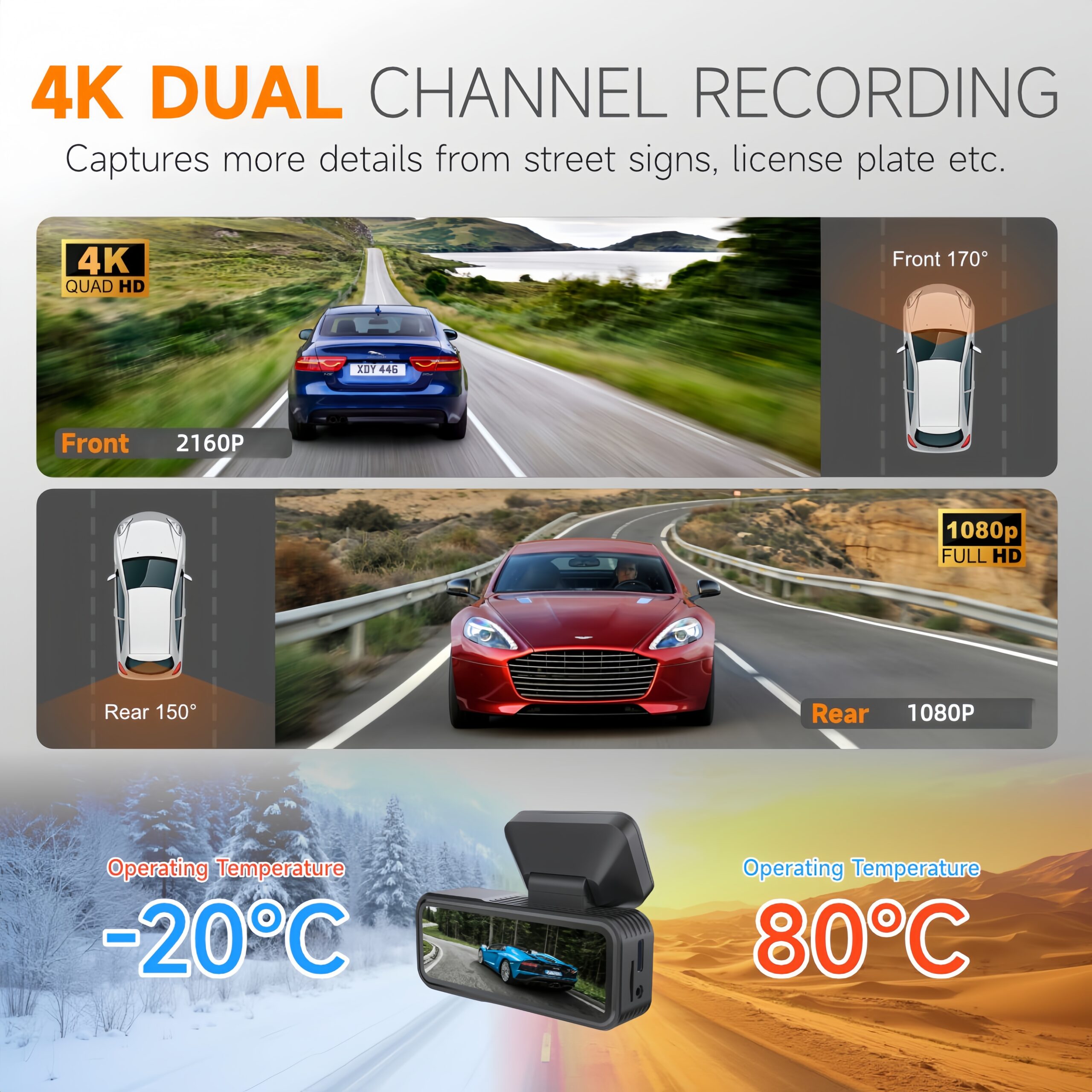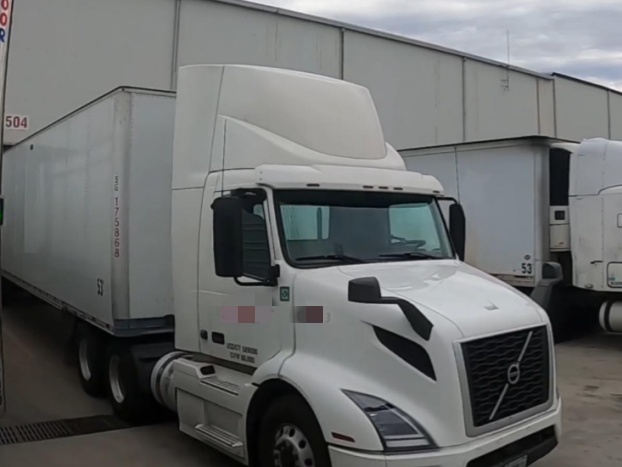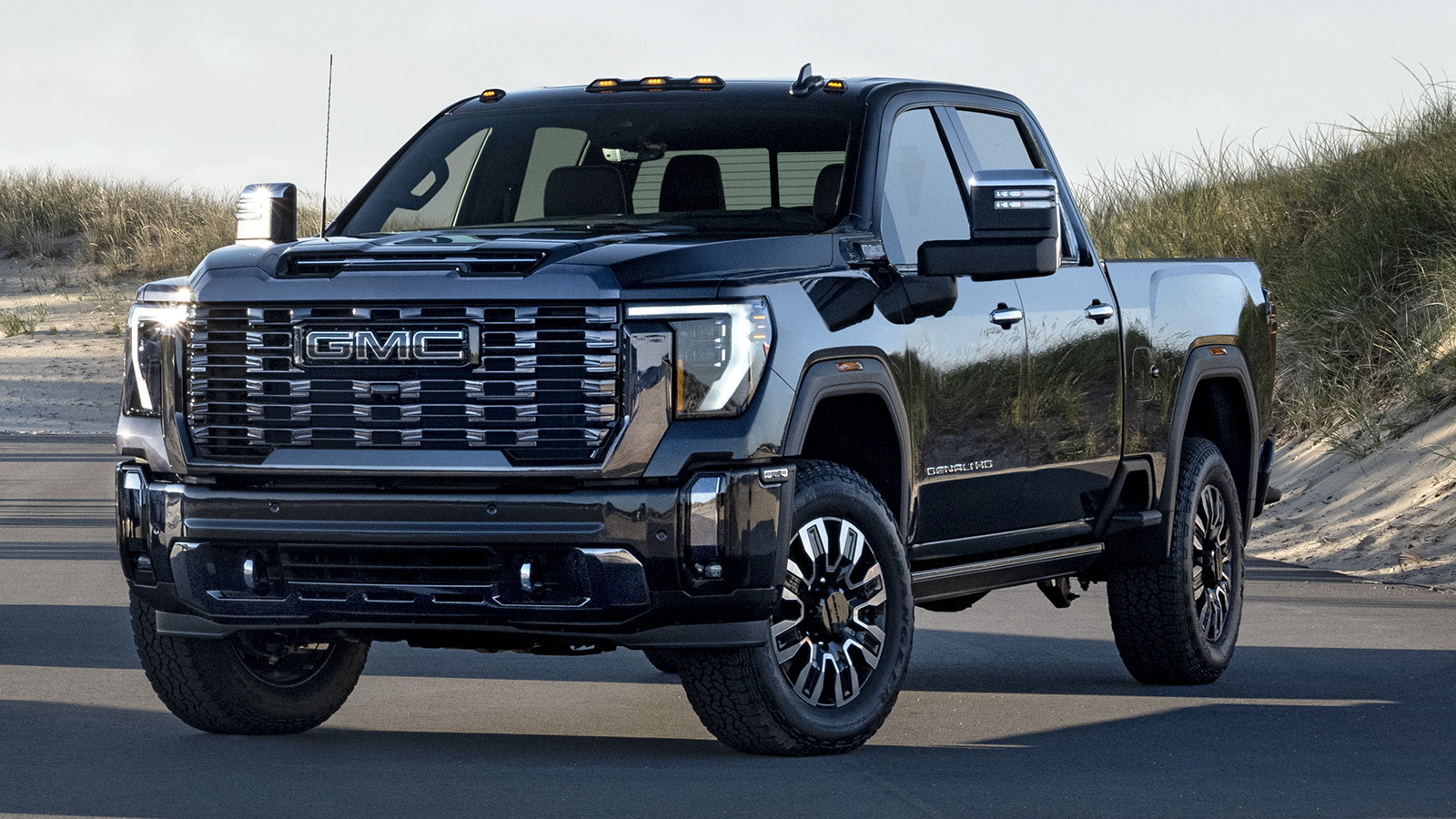1.Introduction: The Rise of Automotive Safety Tech
Advances in car electronics and increased focus on safety have made backup cameras a standard feature.
These cameras are a critical part of advanced driver assistance systems (ADAS).
2. What is LVDS?
Definition: LVDS stands for Low-Voltage Differential Signaling. It’s a high-speed digital data transmission standard.
Key Feature: Uses differential signaling (data sent over a pair of wires with opposite voltages).
Primary Benefits: Known for low power consumption and generating low electromagnetic interference (EMI).
Widespread Use: Found in various electronics, now increasingly adopted in automotive applications like backup cameras.

3. LVDS Application Range & Characteristics (Focus: Automotive)
Core Application: Crucial for transmitting video data from backup cameras to the display unit inside the vehicle.
Critical Advantages for Cars:
Exceptional Noise Immunity: Performs reliably in the electrically noisy environment of a car, resisting interference from other systems (e.g., ignition, motors, radios).
High Reliability: Robust enough for harsh automotive conditions (temperature extremes, vibration).
Other Applications: Also used in data acquisition and processing in industrial automation and other fields.
Table: LVDS vs. Traditional Signal Transmission (e.g., Analog Composite)
| الميزة | Traditional Analog (e.g., CVBS) | LVDS (Digital) | Benefit for DT-camera Products & Users |
|---|---|---|---|
| Signal Type | Analog | Digital | More accurate & stable data transmission |
| Noise Immunity | Low (Susceptible to interference) | Very High (Differential signaling cancels common noise) | Clearer, stable images in challenging car environments – key for safety |
| Signal Integrity | Degrades over distance/cable | High Integrity (Less susceptible to degradation) | Consistent high-quality video feed |
| Image Quality | Limited Resolution | High Resolution (HD) | Sharper, more detailed images for better obstacle detection |
| Cabling Complexity | Can require multiple wires | Efficient (Pair of balanced twisted pairs suffices for video + clock) | Simplifies installation, saves space, reduces cost for DT-camera systems |
| Power Consumption | Generally Higher | Low Power | Energy-efficient design |
| External Power | Not applicable (signal only) | Signal Only (Requires separate power to camera, but signal transmission is passive) | Allows DT-camera to focus signal purity without power complexity |
4. How LVDS Works for Backup Cameras (Detailed Explanation)
Camera sensor captures an image/video.
This analog image is converted to a digital signal.
A specific encoder prepares the digital video data for LVDS transmission using schemes like 8b/10b encoding.
Data is transmitted differentially over twisted pairs.
At the head unit/display end, an LVDS decoder converts the differential signal back into digital video data.
Result: Maintains the integrity of the original digital information, enabling sharper, more accurate images critical for safe reversing and driver assistance.
5. Advantages of LVDS Backup Camera Lines (Summary Focus)
Robust Noise Immunity: Essential for reliable video in electrically noisy cars.
High Image Fidelity: Enables high-resolution (HD) video transmission, providing critical detail.
Signal Integrity: Digital signal resistant to degradation, ensuring clarity.
Cabling Efficiency: Uses few wires (twisted pairs), saving space and simplifying installation.
Low Power & Low EMI: Energy efficient and minimizes interference with other car electronics.
Future-Proof: Forms the foundation for higher-speed serial links (SerDes) used in advanced ADAS.
6. Future Trends & Conclusion
Conclusion: LVDS offers clear advantages (noise immunity, high resolution, reliability) making it the preferred technology for modern digital backup camera systems.
Future Outlook: Due to its proven performance supporting high-definition video and robust data transmission characteristics, LVDS (and its evolution towards higher-speed standards like SerDes) will continue to be vital as automotive technology advances to meet ever-increasing safety and quality demands. كاميرا DT-كاميرا leverages LVDS technology to deliver reliable, high-quality backup camera solutions essential for today’s and tomorrow’s safer driving experiences.
DT-camera develops and produces current-generation LVDS camera solutions designed specifically for compatibility with popular vehicle platforms, including Ford, GMC, and Dodge.









